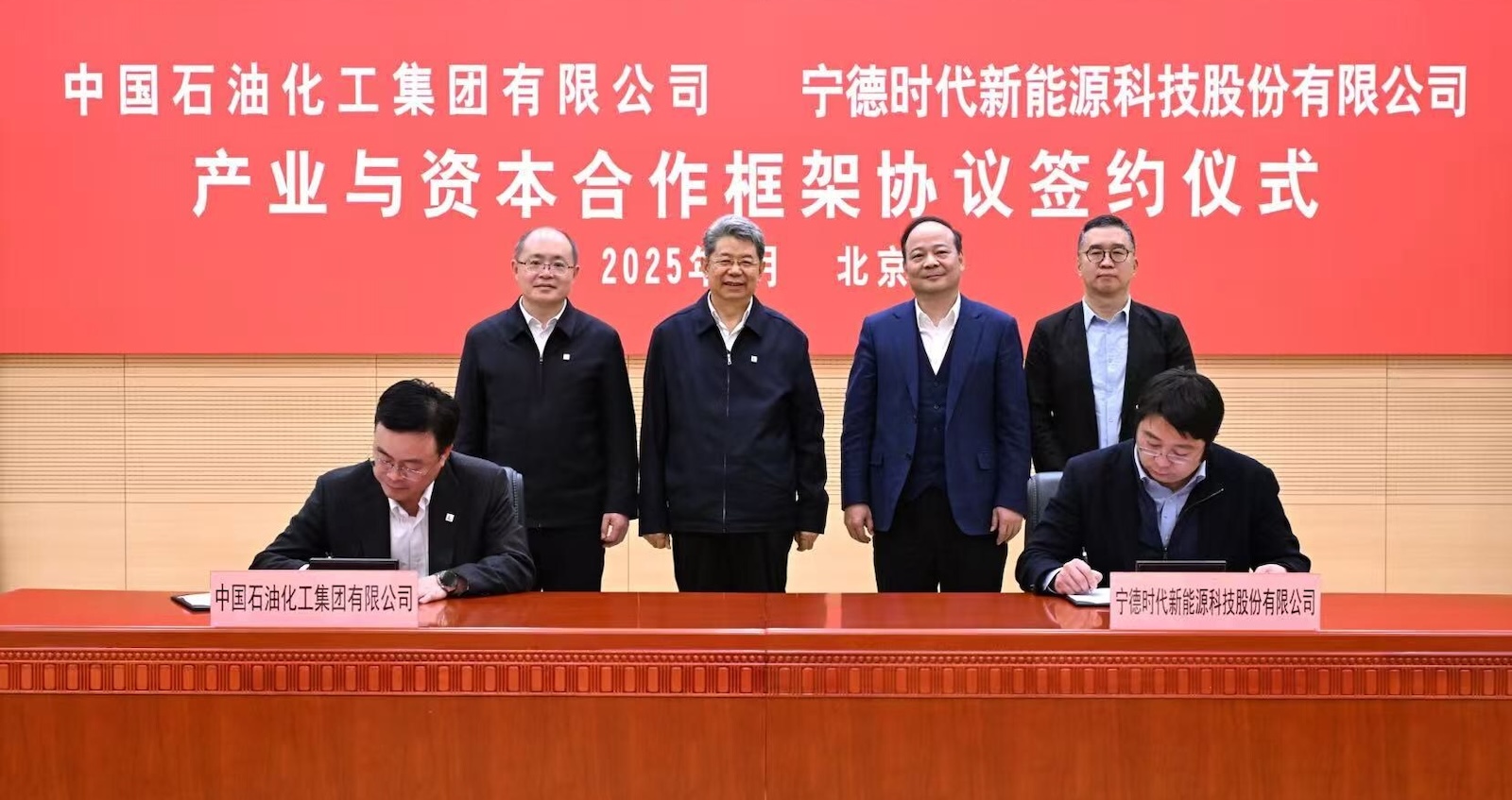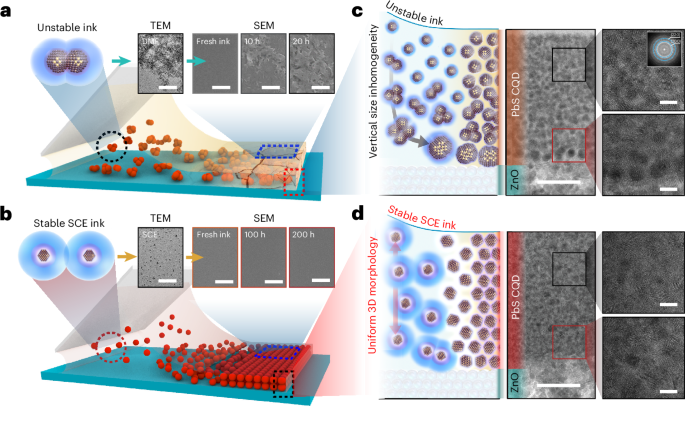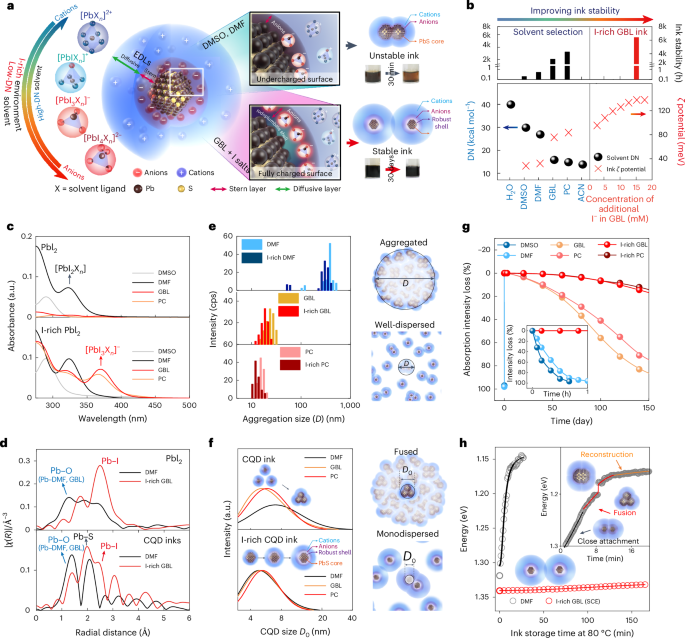Sn‐Mediated Local Atomic Ordering Enhances Reversible Anionic Redox Activity in Cation‐Disordered Li1.3Mn0.4Nb0.3O2 Cathodes
Advanced Energy Materials, EarlyView.

Facile lattice substitution is a key for activating redox centers and enhancing cycling of Li-excess DRX cathodes. Sn-mediated atomic ordering boosts anionic redox in DRX, optimizes structure, and enhances Li+ transport. Quantitative analysis of the redox pathways and degree of participation for Mn and O shows Sn-mediated electrodes have better anionic O redox and structural stability.
Abstract
Recent advances in lithium-ion batteries have revealed the potential of Li-excess cation-disordered rock salt (DRX) cathodes, which expand the design space for cathode materials. The evidence of facile lattice substitution further provides a key strategy for activating redox reaction centers and enhancing the cycling performance of such materials. Here, the study explores how Sn-mediated local atomic ordering enhances reversible anionic redox activity in Li1.3Mn0.4Nb0.3O2 through the use of aberration-corrected scanning transmission electron microscopy, ex/in situ X-ray techniques, and theoretical calculation. The results demonstrate that Sn incorporation optimizes the local atomic structure, fostering the formation of rapid Li+ diffusion “elevator” pathways and short-range ordered structures, thereby enhancing the Li+ transport network. Additionally, quantitative analysis of the redox pathways and degree of participation for Mn and O during charge–discharge cycles reveals that the Sn-mediated electrode exhibits enhanced anionic O redox activity at high charging voltages, maintaining elevated activity throughout subsequent cycling. This sustained performance not only indicates increased redox capabilities but also suggests improved structural stability. By elucidating the complex interplay between composition, local structure, and performance, this study advances the understanding of DRX materials and underscores the potential of strategic elemental substitution for optimizing disordered cathode materials in next-generation energy storage systems.













































































































































































.jpg)





